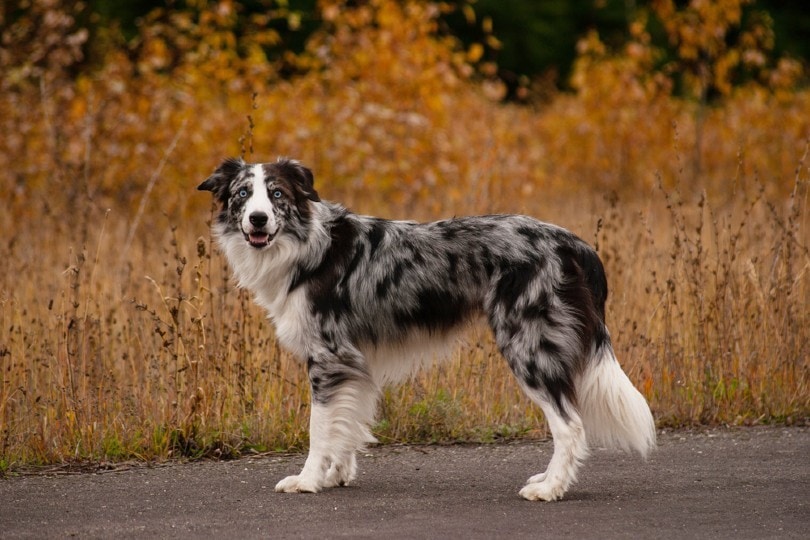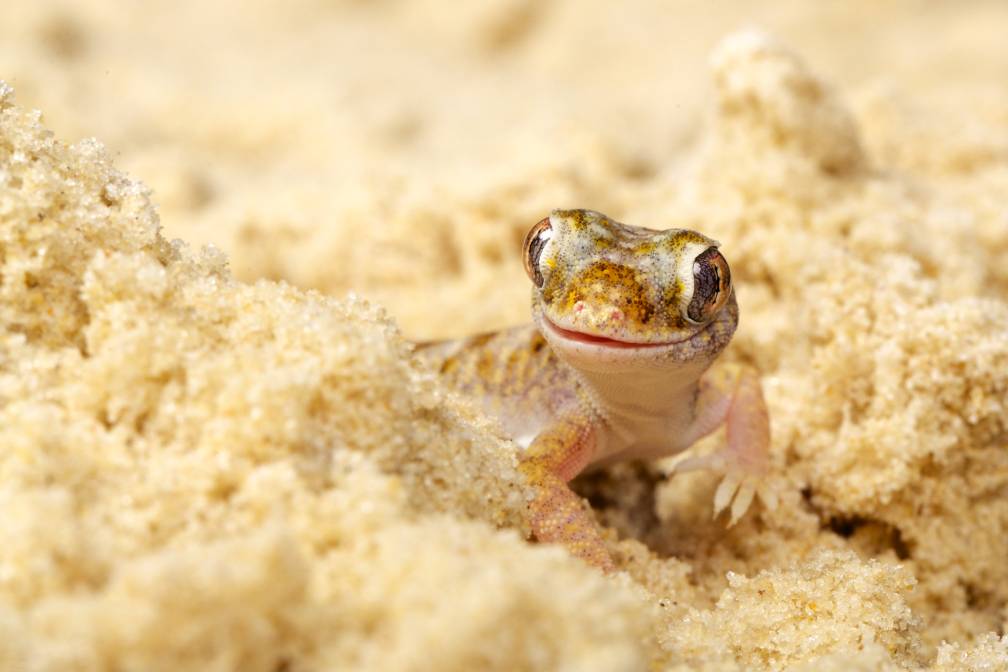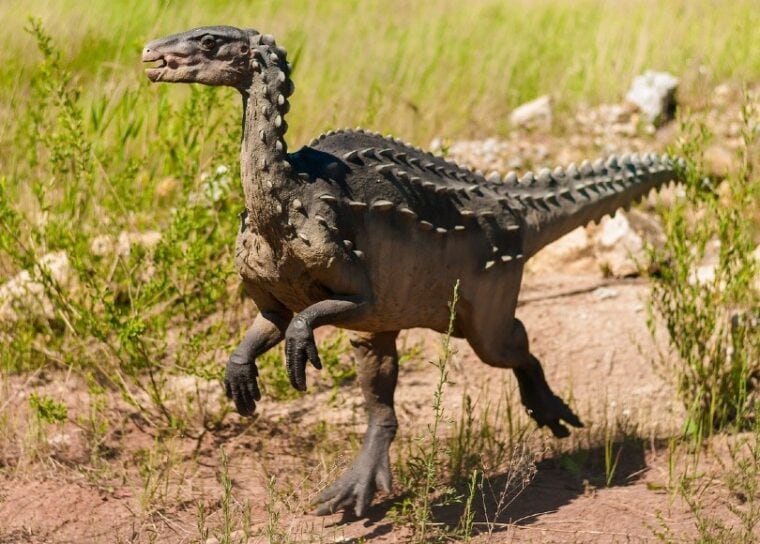
Dinosaurs have fascinated people ever since we found that they existed. As far back as 1914, they’ve been featured in movies, but unsurprisingly, it was 1993’s “Jurassic Park” that enhanced our awe, wonder, and fear of dinosaurs.
But have you ever wondered if they still exist? Are there species around today that are related to dinosaurs in some way? Yes! There are a few species in existence — primarily, birds and crocodiles — that are the descendants of dinosaurs.
Here, we cover all the species that have some of that dino DNA connection.
Crocodiles
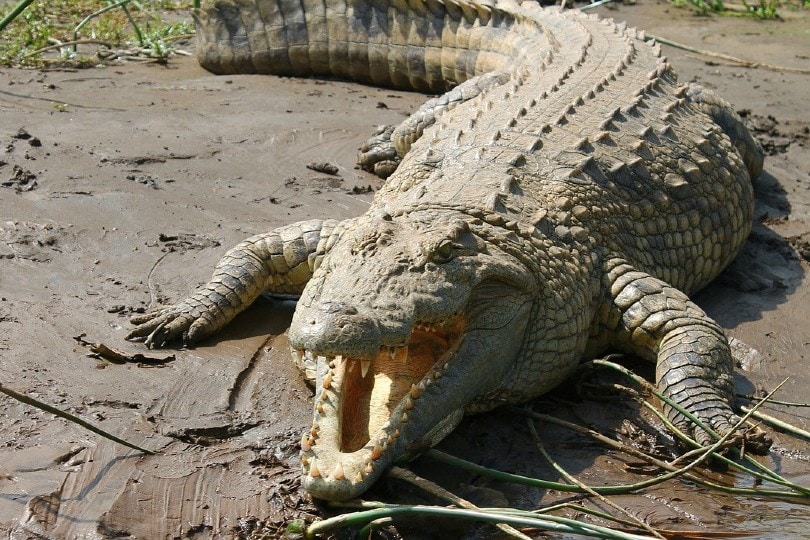
Crocodiles, being the largest reptiles, are technically the closest living relatives to dinosaurs. Crocodiles, as well as alligators, descend from Archosaurs (“ruling reptiles”), which actually were around before dinosaurs. This was in the Early Triassic Period, about 250 million years ago.
The crocodiles that we have today descend from the Deinosuchus, which means “terrible crocodile,” although they are more closely related to alligators. These critters grew to more than 30 feet and weighed 8,000 pounds! The Deinosuchus evolved about 95 million years ago, in the Late Cretaceous period.
Birds

While crocodiles are the closest relatives to dinosaurs, birds are the direct descendants. In fact, crocodiles are more closely related to birds than other lizards. A few species of birds are worth taking a closer look at.
Chickens
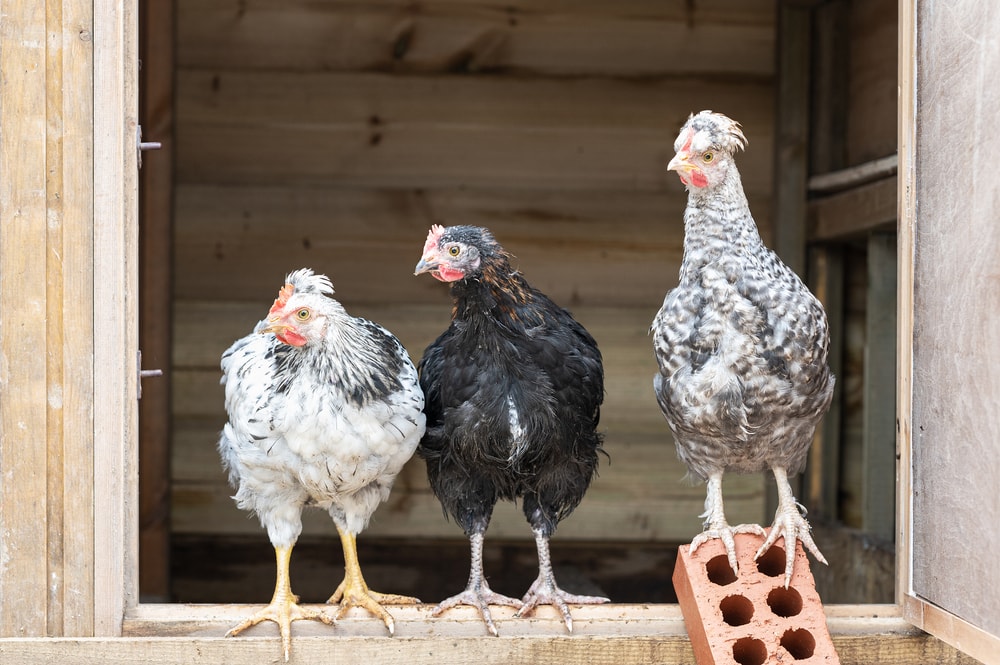
It was discovered that the Tyrannosaurus rex shares a few of the same molecular structures as chickens and ostriches! This is definitely strange, considering chickens and ostriches have little genetic connection.
Ostriches

Ostriches are large, flightless birds that belong to the ratite group (to which kiwis, emus, and cassowaries also belong). There’s a theory that small dinosaurs evolved into small birds, and some became flightless because their survival depended on staying on the ground.
Cassowaries
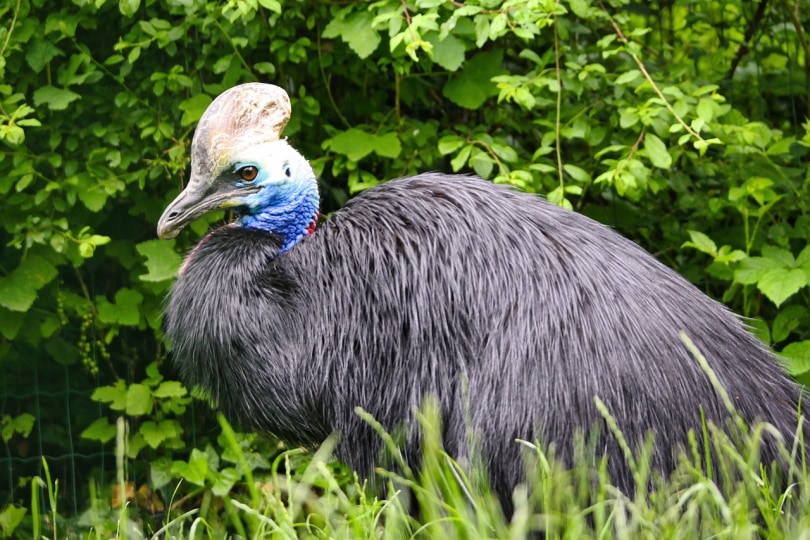
Of all the birds out there, the cassowary certainly has the closest physical resemblance to dinosaurs! While the southern cassowary is the third largest bird species (the ostrich is the largest, followed by the Somali ostrich), they have a few unique features that make them stand out.
They are known to be aggressive to humans and have large, claw-like feet. Probably the most unique physical feature that gives them a dinosaur-like appearance is their casque. This is a large, leathery crest on the top of their heads, and it’s believed to help them in the heat or with their resonant call.
Sea Turtles
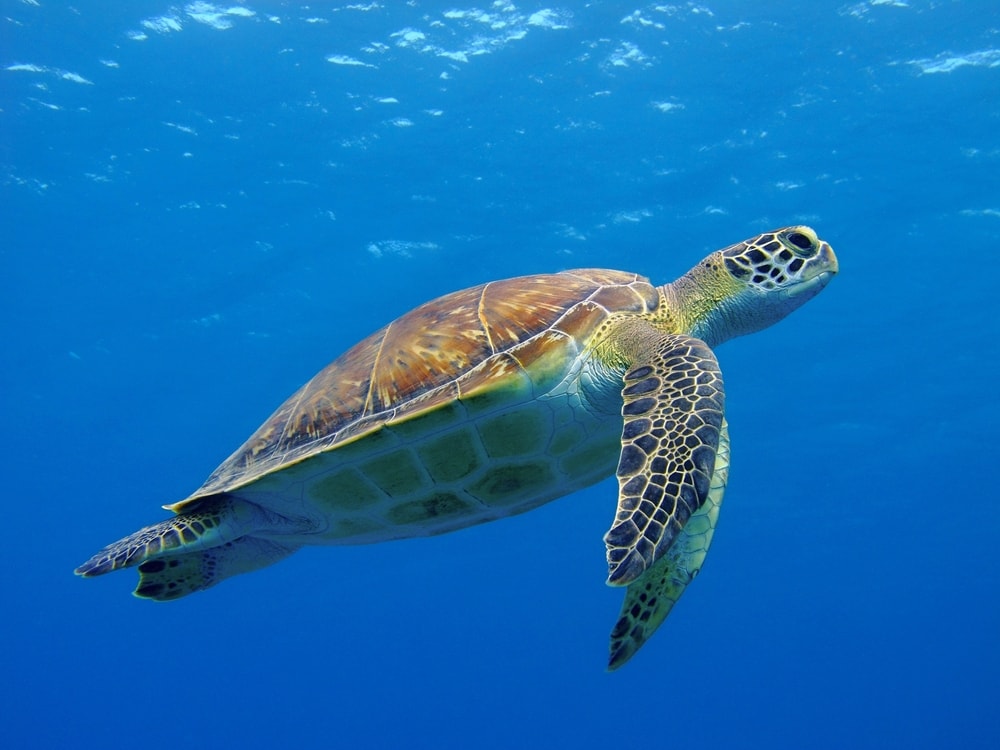
Sea turtles are reptiles, like crocodiles, and have been called “cousins” to dinosaurs. They developed along with dinosaurs and eventually evolved into a distinct kind of turtle about 110 million years ago.
The Archelon was the largest sea turtle that lived about 65 to 75 million years ago. The most closely related species to the Archelon is the leatherback sea turtle, which is the largest turtle in the world. The leatherback measures an average of up to 7 feet long, but the Archelon measured up to 15 feet in length!
Tuatara

The tuatara is a reptile with a genetic lineage as far back as the Triassic period. While they look like lizards, they aren’t. Tuataras belong to the Rhynchocephalia reptile group, of which they are the only member.
They live on islands found off the coast of New Zealand and can live as long as 100 years! They are the only living relative of the Sphenodontia order; the others became extinct about 200 million years ago.
Sharks

Sharks are even older than dinosaurs, with their ancestors going back as far as the Silurian period, 450 million years ago. This makes sharks quite ancient, and they have survived all major extinction events.
There are several ancient species, with the Megalodon probably being the most well-known. They were the largest sharks to have ever existed and were 50 to 60 feet long, three times the size of a modern great white shark!
Snakes
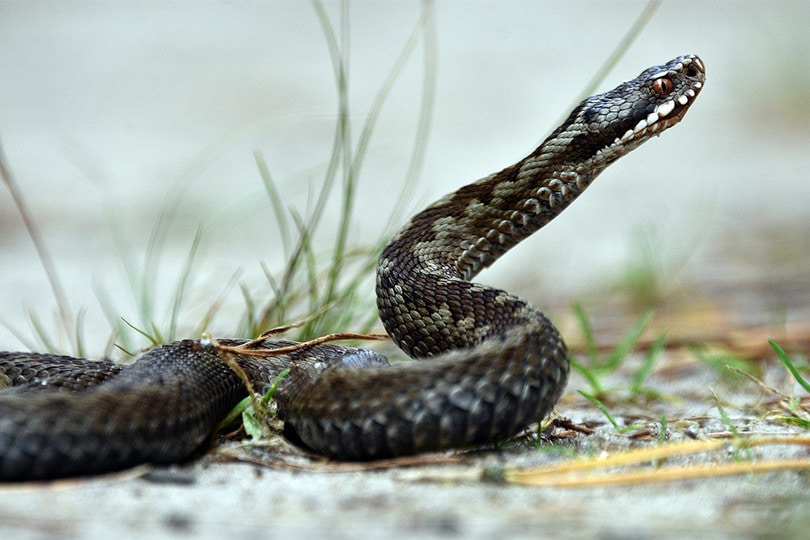
It’s said that modern snakes evolved from a small number of species that survived the asteroid impact that brought on the extinction of the dinosaurs 66 million years ago. The snake’s ancestors survived this event by developing the ability to go without food for long periods, and they evolved and diversified into the 4,000 or so species that we have today.
Crabs

Crabs are crustaceans that have been around for millions of years, even before dinosaurs. In fact, the horseshoe crab has been around for over 300 million years. True crabs have been around for 150 to 200 million years.
They flourished during the Cretaceous period, before the dinosaurs went through the extinction event. The Megaxantho zogue was a large species that didn’t survive the asteroid, but the features that we’re familiar with in modern crabs — one giant claw and a smaller claw — lived on from the M. zogue.
Lizards
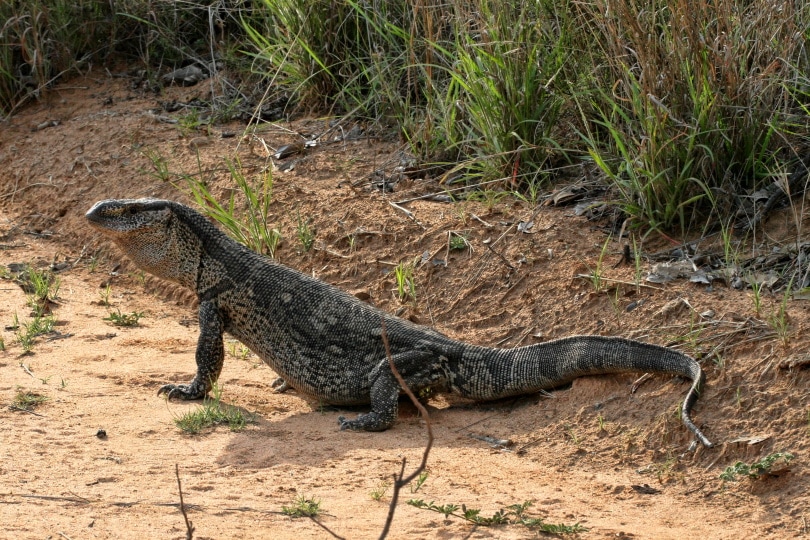
The word “dinosaur” translates to “terrible lizard” from Greek, but lizards as we know them diverged from dinosaurs about 270 million years ago. There are a few commonalities, such as egg laying, but lizards are squamates, rather than sharing ancestry with archosaurs.
Some species of lizards lived alongside dinosaurs, but most species also went extinct. It took approximately 10 million years after the Cretaceous period for lizards to start to make a comeback. They eventually adapted and evolved to the over 4,500 species that we have today.
Final Thoughts
While there are no longer dinosaurs except what we see in pictures and movies, in a way, we are all still living among them. It’s hard to imagine when looking at a chicken that they share molecular similarities to the T. rex, but it’s fascinating, nonetheless!
The next time that you admire birds flying overhead, remember that they are the direct descendants of dinosaurs. They’re just prettier and won’t try to eat you. But you should be a little more careful with the closely related crocs and gators!
Featured Image Credit: DariuszSankowski, Pixabay



